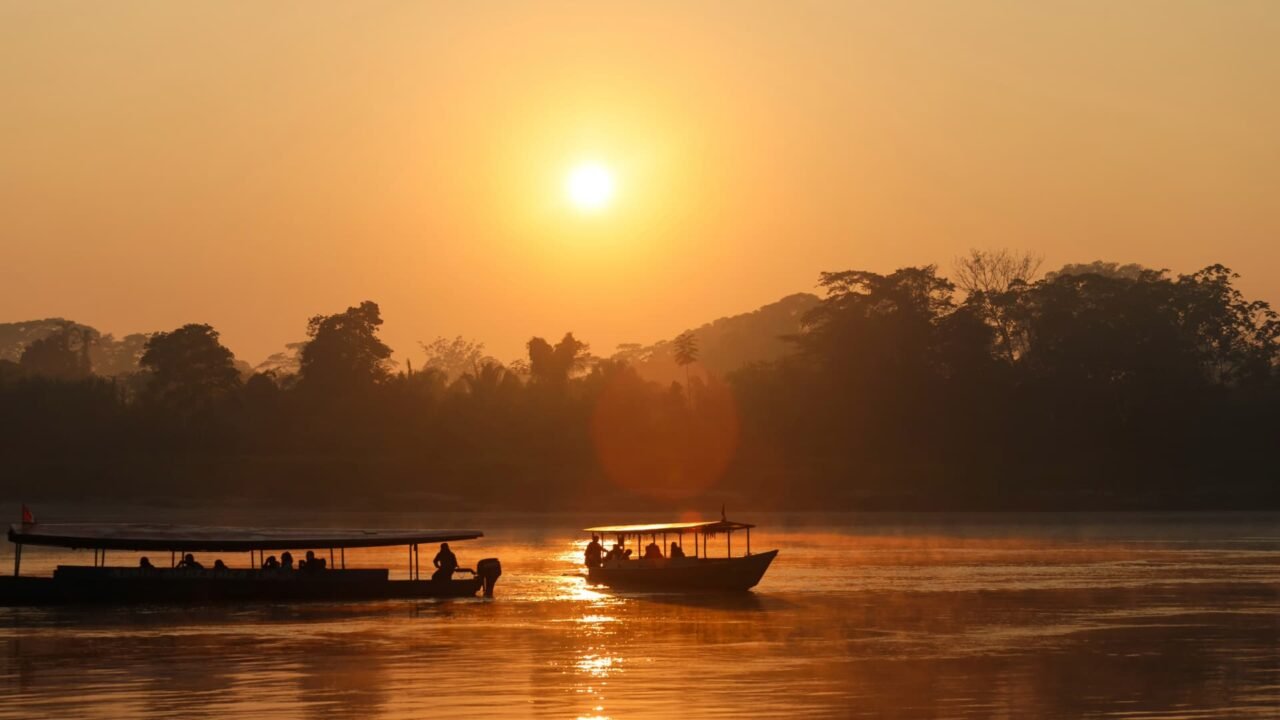Manu National Park, located in southeastern Peru, is a biodiversity treasure trove home to an astonishing variety of flora. The Flora of Manu National Park is one of the richest on the planet, with over 4,385 plant species distributed across 162 families and 1,191 genera. Its vast plant diversity sustains ecosystems ranging from lowland rainforests to Andean mountains, making it a natural sanctuary of immense ecological importance.
What types of vegetation dominate Manu National Park?
The park features a wide range of ecosystems, resulting in diverse plant formations. Among the most notable are aguajal forests, characterized by an abundance of aguaje palms (Mauritia flexuosa) and huasaí palms (Euterpe precatoria), which thrive in permanently flooded areas. These ecosystems play a key role in conserving the Flora of Manu National Park by providing shelter and food for a wide variety of animal species.

What are the most representative tree species in the park?
Manu National Park is home to numerous tree species of great ecological and economic importance. Notable examples include:
- Cedar (Cedrela sp.): A highly valuable timber tree known for its durable, aromatic wood.
- Tornillo (Cedrelinga catenaeformis): A fast-growing species prized for its high-quality wood.
- Brazil Nut Tree (Bertholletia excelsa): Producer of Brazil nuts, a critical income source for local communities.
- Lupuna (Chorisia sp.): One of the Amazon’s most imposing trees, recognizable by its massive size and buttress roots.
- Rubber Tree (Hevea brasiliensis): A natural source of latex, which held great economic importance during the rubber boom.
These species not only contribute to the park’s forest wealth but also play crucial roles in the Flora of Manu National Park, ensuring ecosystem stability and fostering biodiversity.
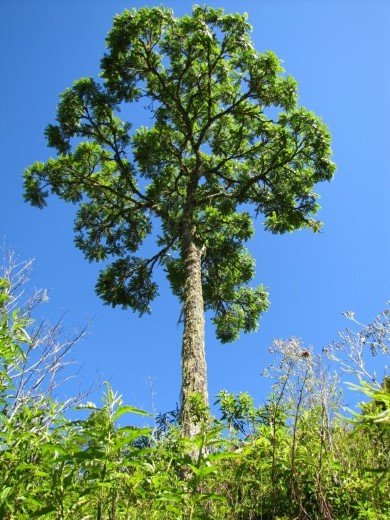
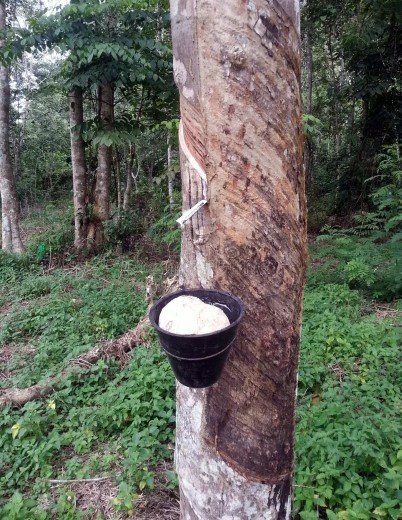
Are there medicinal plants in Manu National Park?
Yes, the park hosts a wide variety of medicinal plants used ancestrally by Indigenous communities. Some of the most well-known include:
- Cat’s Claw (Uncaria tomentosa): Renowned for its anti-inflammatory properties and immune system benefits.
- Ayahuasca (Banisteriopsis caapi): Used in traditional rituals for its psychoactive effects and medicinal qualities.
- Chuchuhuasi (Maytenus krukovii): Employed to relieve muscle and joint pain.
Knowledge of these plants and their uses has been passed down through generations, forming an essential part of the Flora of Manu National Park and its connection to local culture.
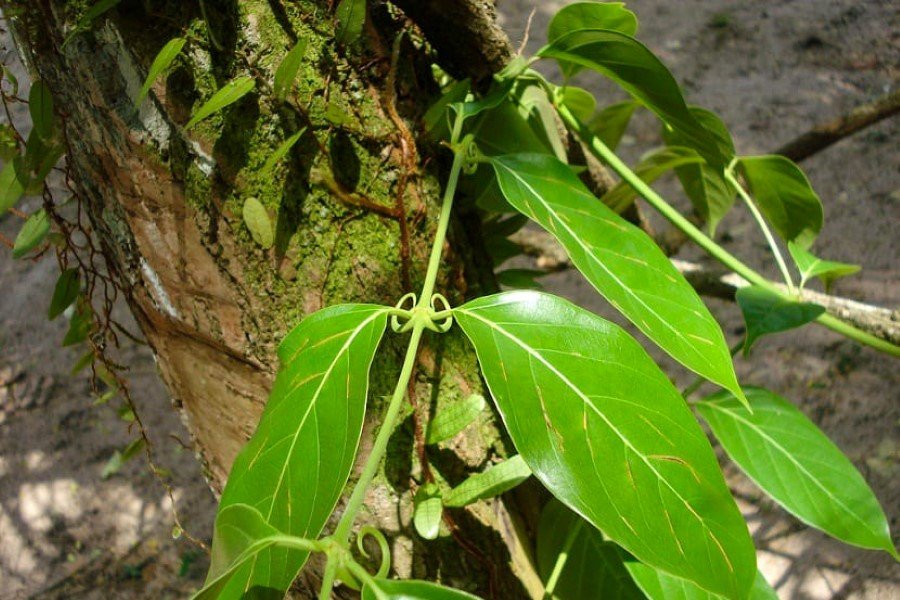
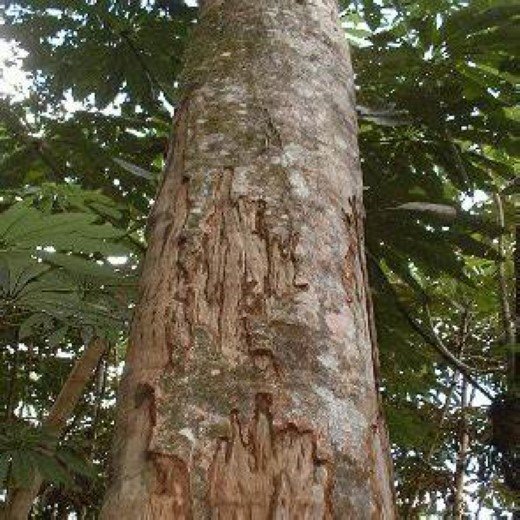
Why is the flora of Manu National Park important for global biodiversity?
The Flora of Manu National Park is vital to global biodiversity due to its exceptional richness and variety of species. This plant diversity supports a wide range of wildlife, contributes to essential ecological processes, and acts as a significant carbon sink, helping mitigate the effects of climate change.
How is flora conservation promoted in the park?
- Protected Areas: Restrictions on human activities that could harm ecosystems.
- Scientific Research: Ongoing studies to catalog and understand plant biodiversity.
- Environmental Education: Programs fostering awareness of flora’s importance.
- Sustainable Tourism: An ecotourism model minimizing environmental impact and supporting local communities.
Frequently Asked Questions
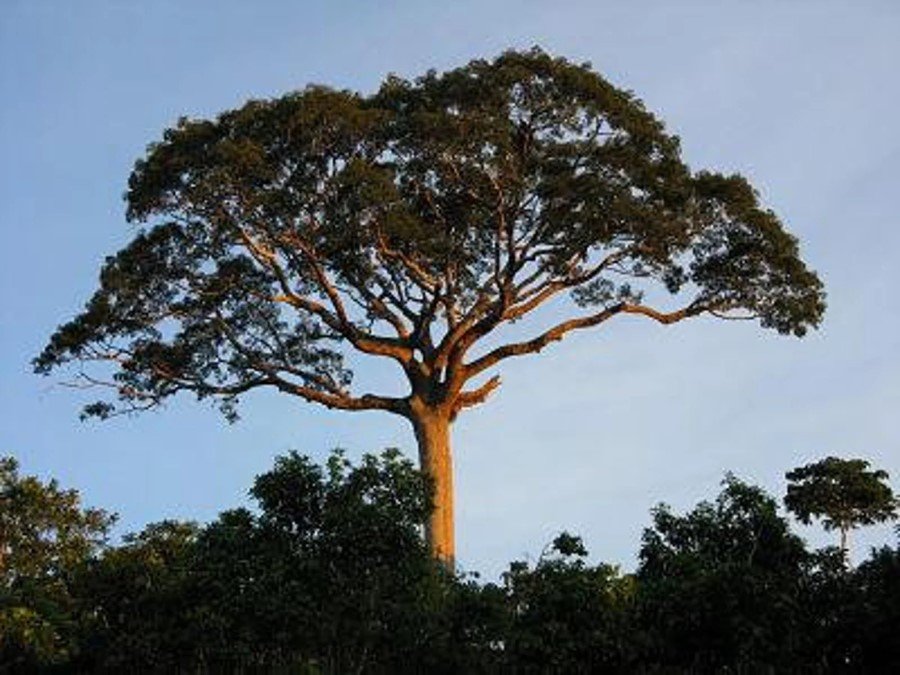
What is the most representative plant species in the park?
The aguaje palm (Mauritia flexuosa) is one of the most iconic species due to its ecological importance and use in local food and economy.
Are there endangered species in the park?
Yes, some tree species, such as cedar (Cedrela sp.), are threatened by illegal logging and climate change.
Can visitors explore the park’s flora ecosystems?
Yes, through ecotourism routes that allow close observation of plant diversity and learning about its ecological significance.
How does the park’s flora contribute to the ecosystem?
The flora sustains biodiversity, regulates the climate, and acts as a carbon sink, playing a key role in the region’s ecological stability.
Related Tours:

